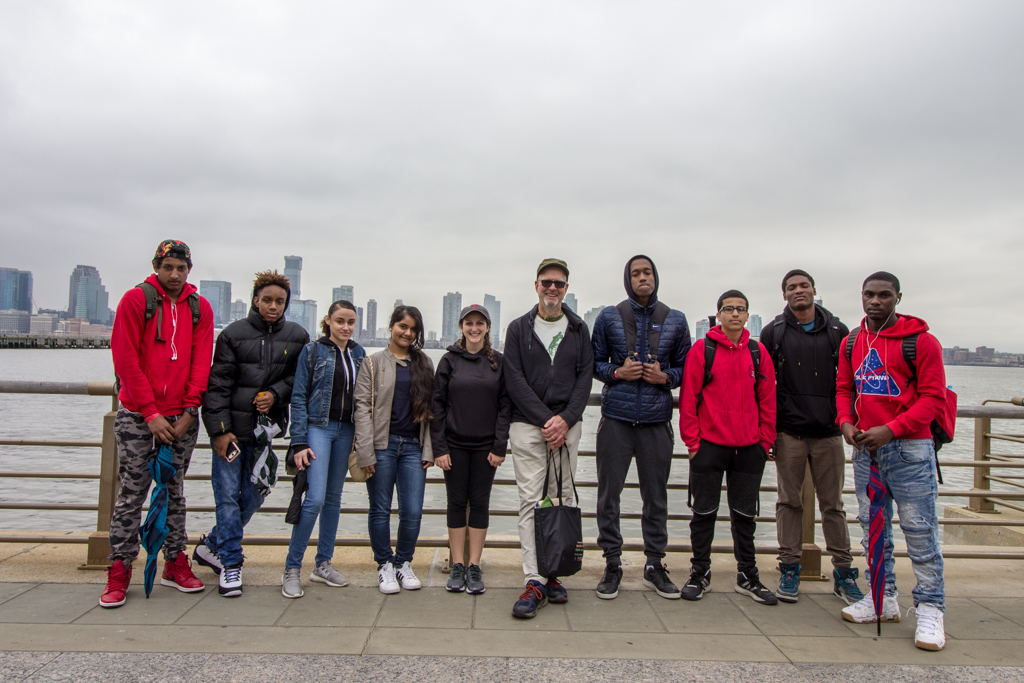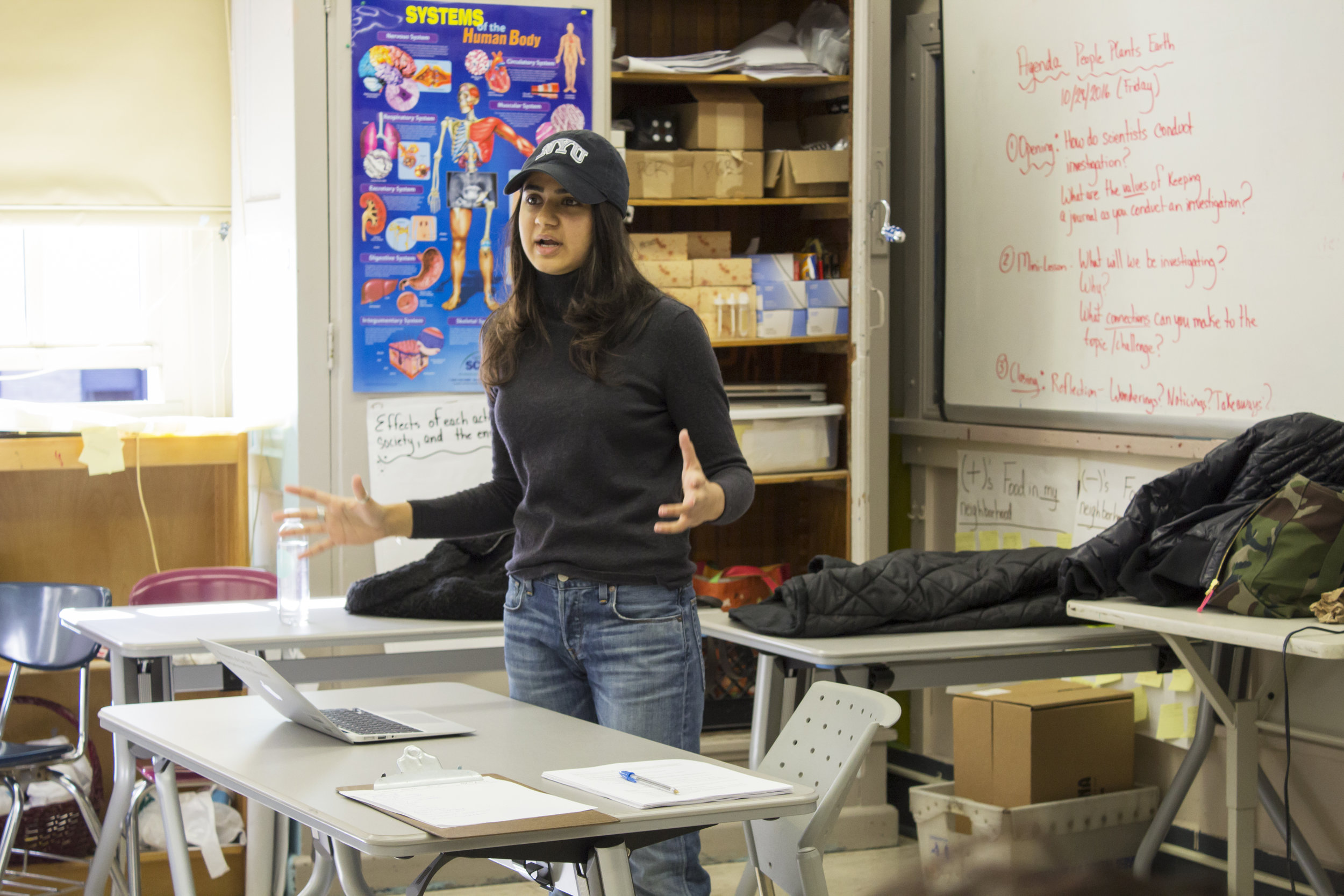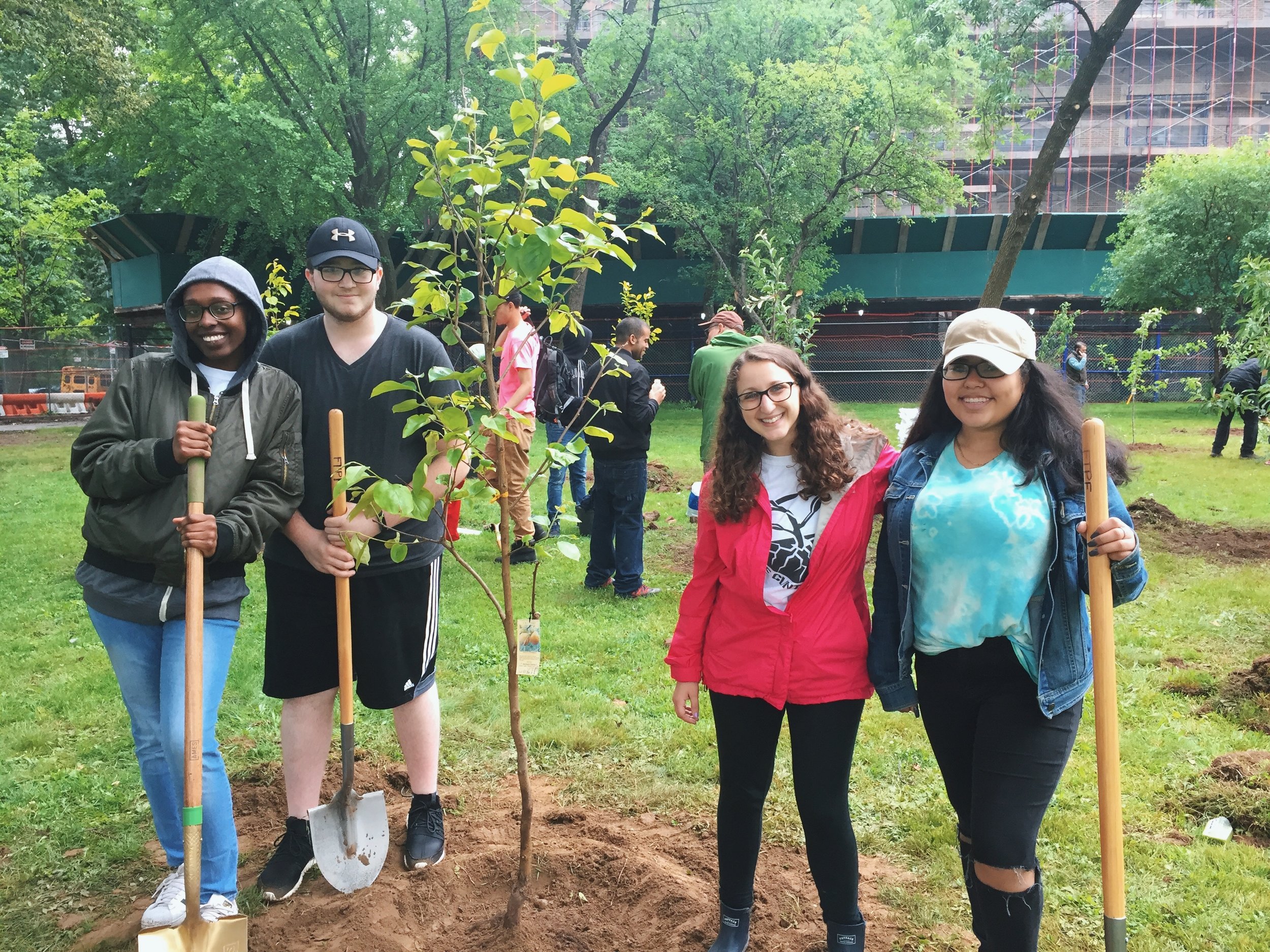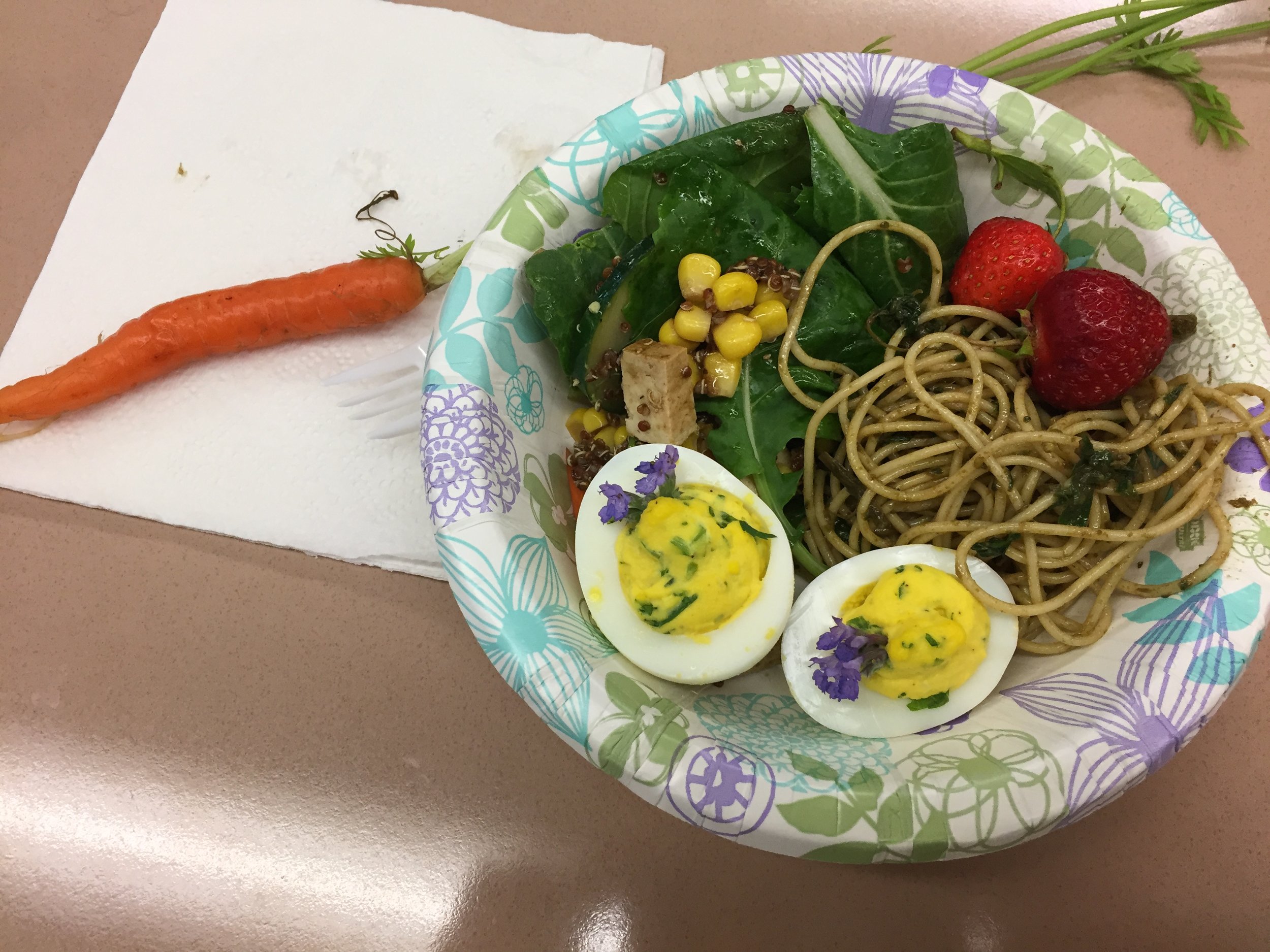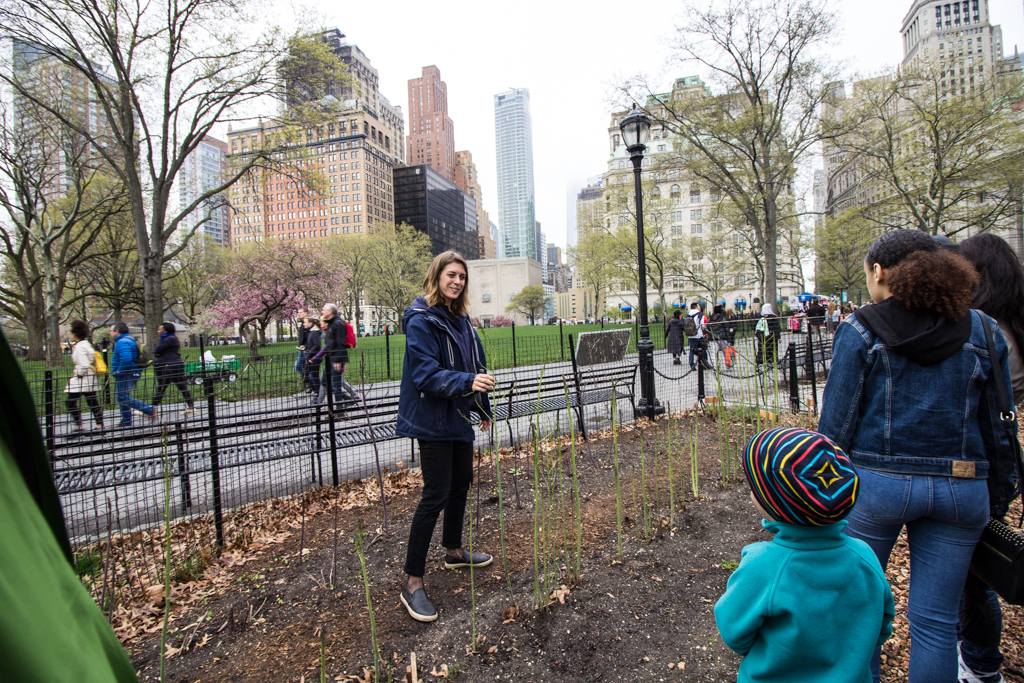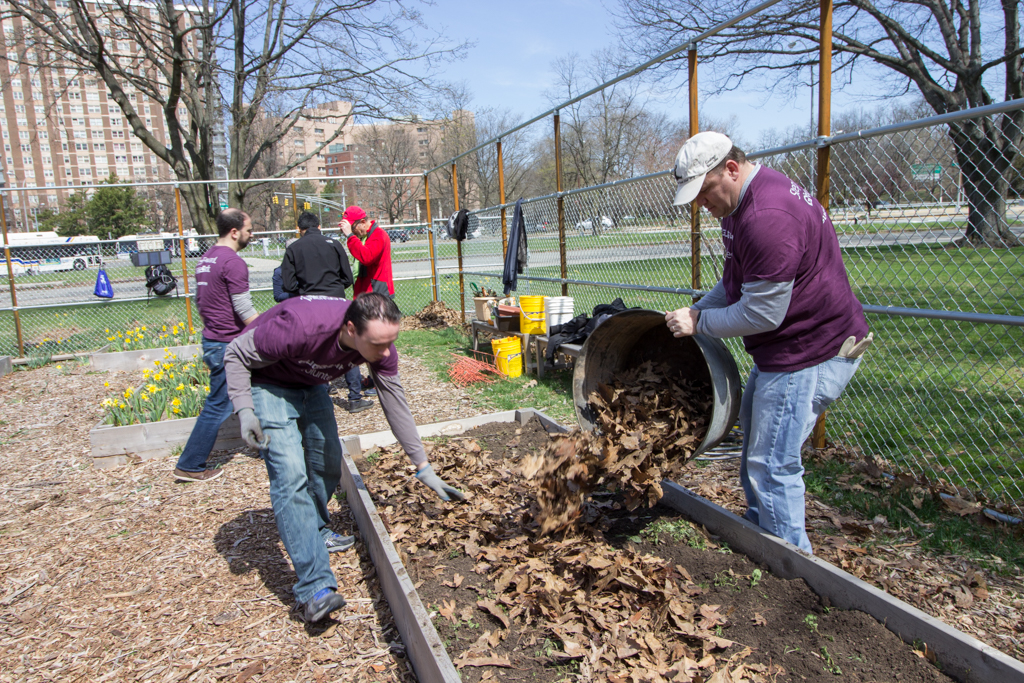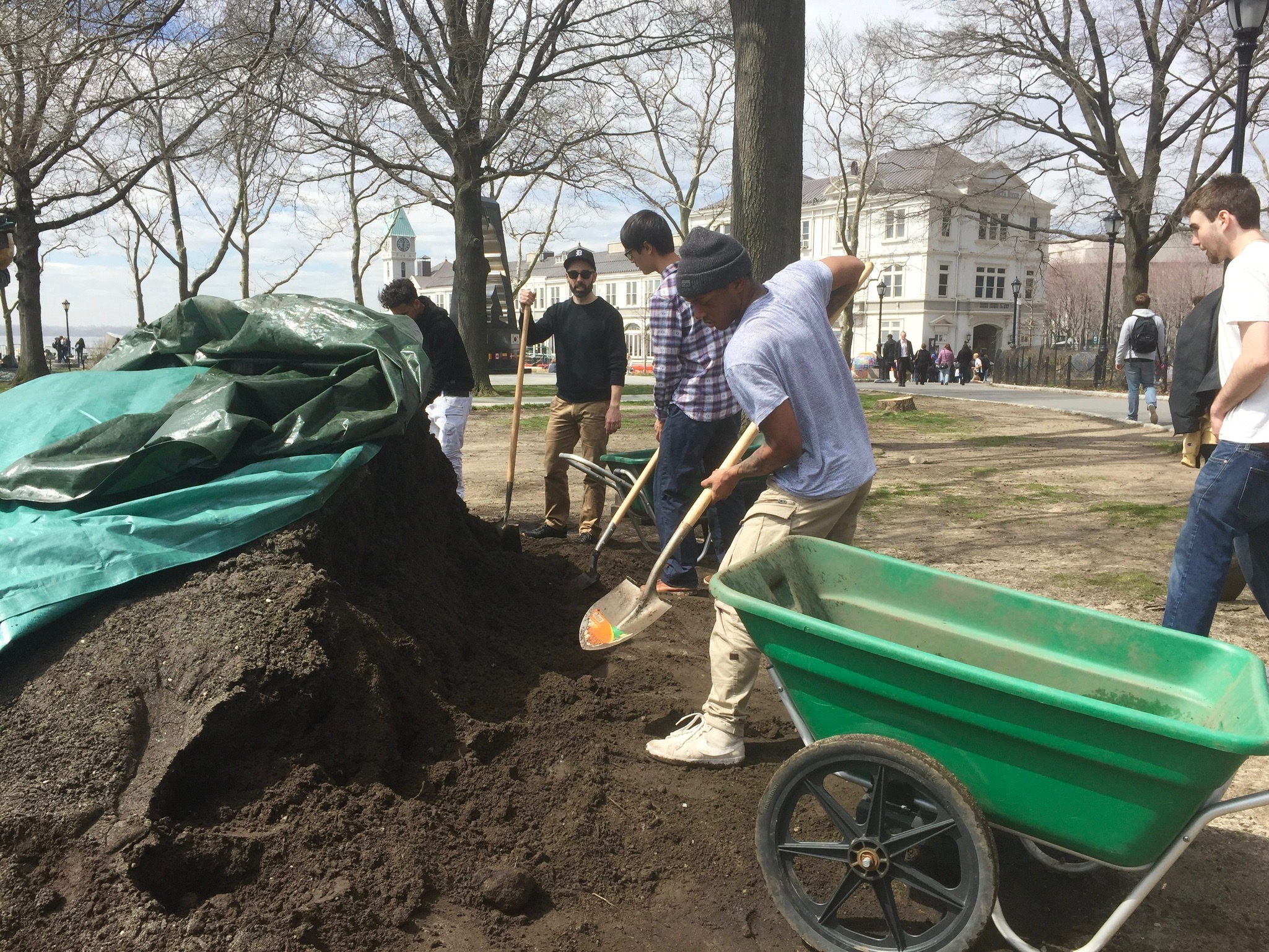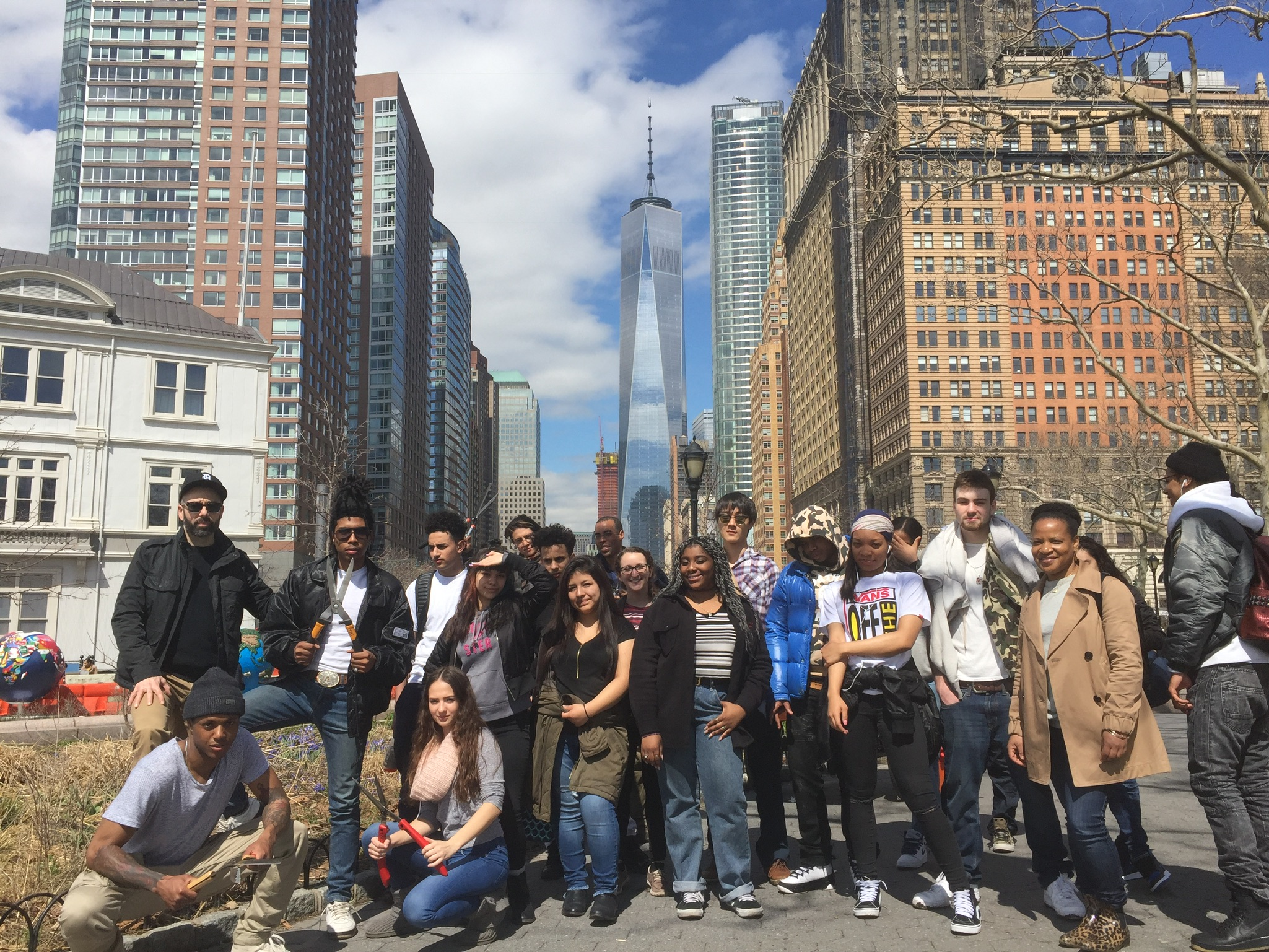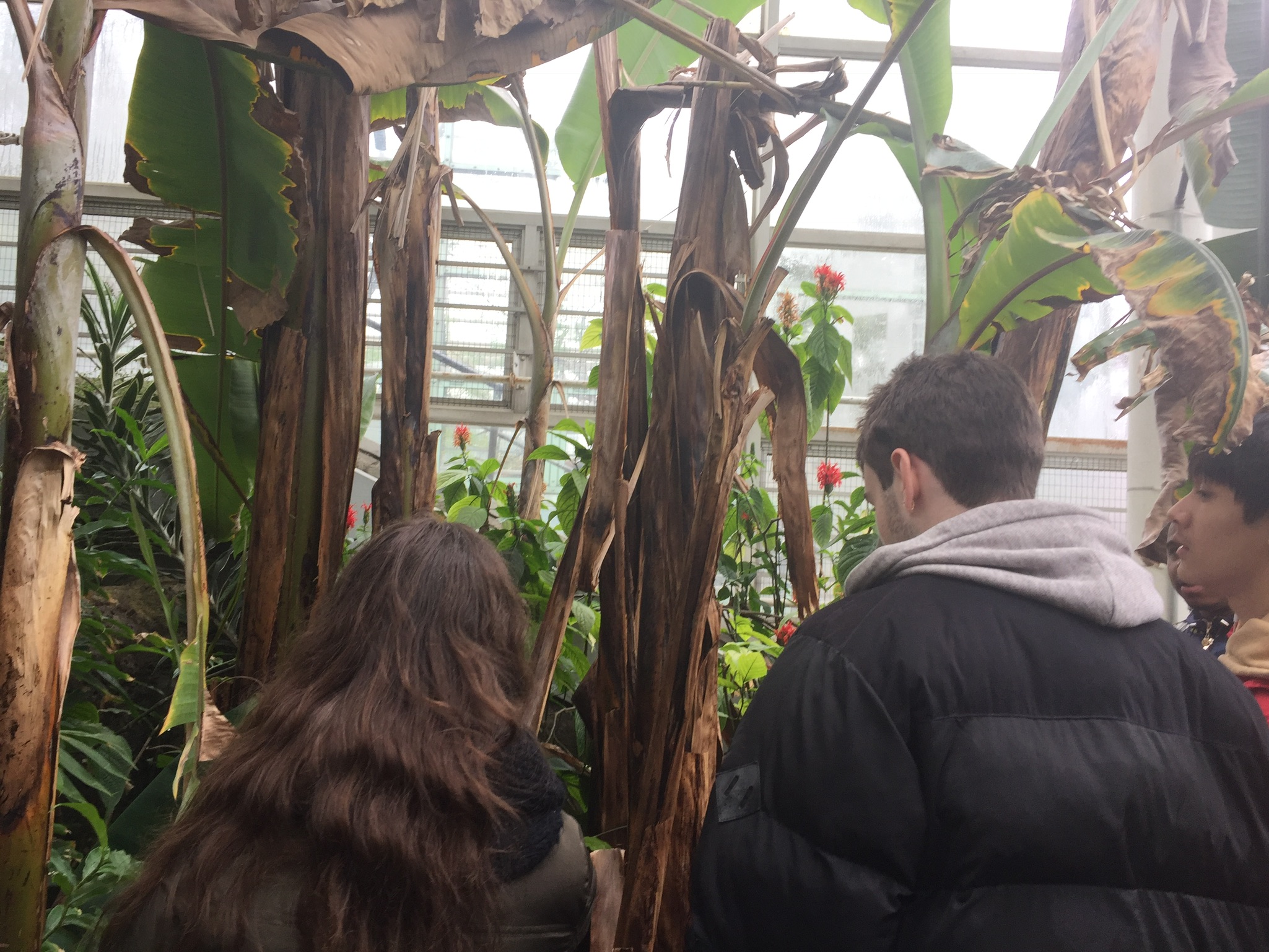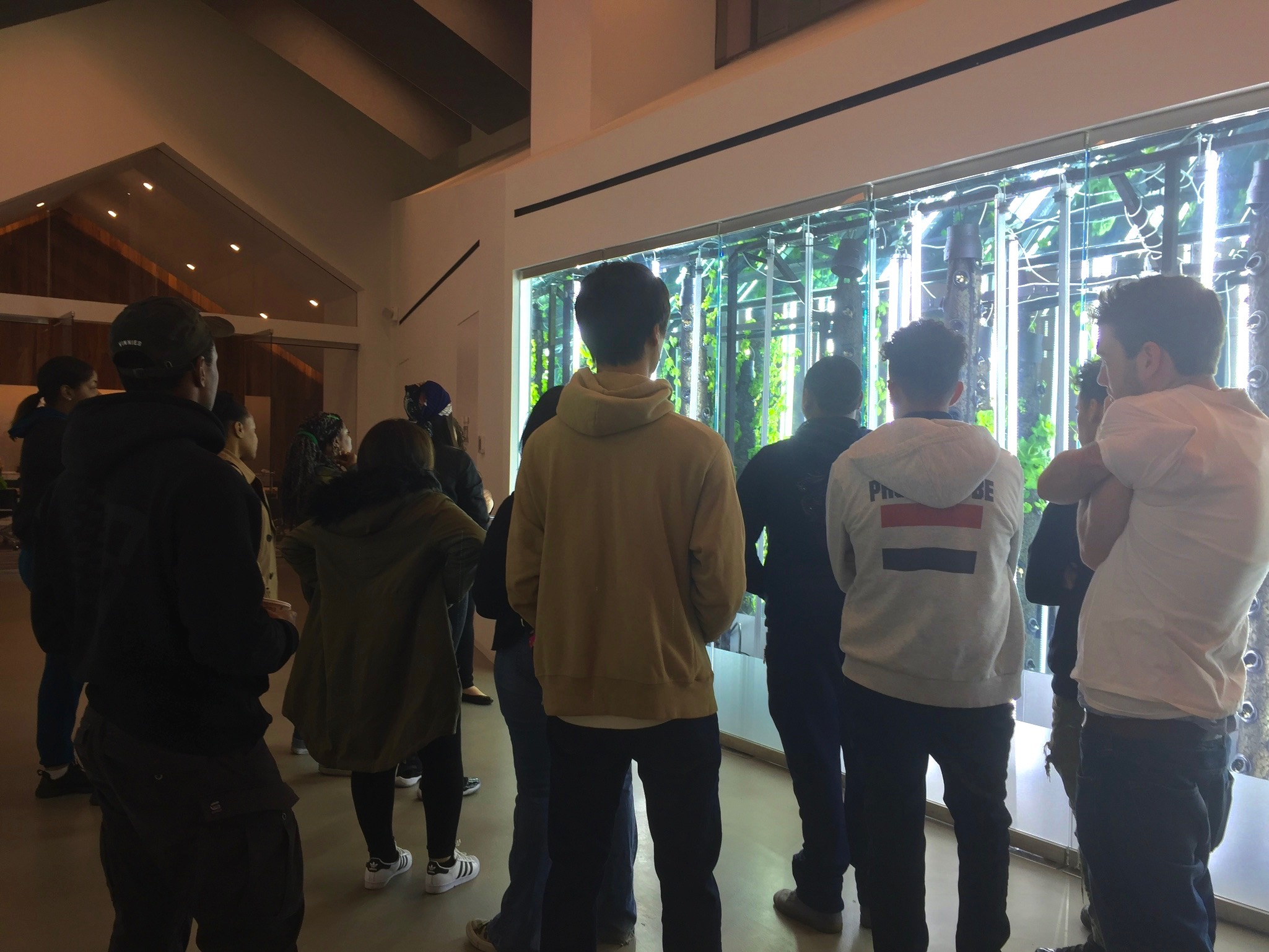This past week, we were able to chat with Jennifer Goggin about her company, Pippin Foods, which brings the farmers market experience to local supermarkets.
Q: How did Pippin get started?
A: We just launched in December, but I’ve been working on it for about a year now. The drive to create the company came from my own frustration of going into my own grocery store and not seeing any New York State fruit, like peaches or plums in August, or other things that one would expect to find. It was frustrating for me because I’m a big supporter of local foods; I like to buy from local farms whenever I can, but I can’t always make it to the farmers market since they close before the end of the work day.
I was wondering why I couldn’t get local food through the regular shopping channels; what was the blocker there? That sparked off about eight months of conversations with people in the retail world about why they don’t source more locally - what are the challenges for them, what would help them bring in more food, etc. From those conversations came the idea of Pippin, which provides retailers with a full service local produce program.
Q: How many supermarkets are you in?
A: Right now we are still in a pilot phase, but we are in one supermarket in Flushing and one in Hicksville, Long Island.
Q: How does it work?
A: Pippin does everything for the retailers, from finding the farms and vetting them, to arranging the orders and deliveries, and also providing the stores with marketing tools to tell the farm-specific story of where that product is coming from. We don’t do just a generic local tag with no other information. There is really rich content and stories behind each product on the shelves, including who the farmer is and how they got started, pictures of the farm, a map of where the farm is in relation to the store, and all of the growing methods that the farm uses. We are going beyond the distinction between organic and not organic, because there’s a lot of shades of sustainable growing methods in there that normally aren't talked about. And each store has a tablet display right next to the shelf, where the shopper can click through to see all of this information.
Q: And you have an app right?
A: Yes, the mobile app provides the same data as the in-store tablet, but what I like about the app is that it tells the shoppers before they get into the store which seasonal and local products are on the shelves. That way you can plan your shopping or your dinner without wondering if the products will be available. There’s nothing more frustrating than finding a cool recipe, but then you go to the store and the main ingredient isn't there - you have to rearrange your whole plan.
Q: Do you think this type of a platform would eventually reduce the number of farmers markets?
A: No, I don’t think so at all. I don't think that people who are going to farmers markets are going to go to their supermarket instead. I think what it is going to do is expand market opportunities for farms. If they were selling at a farmers market before, now they can also sell through a supermarket and access those customers, who like me, go shopping after work and aren't going to farmers markets either way. This helps the shopper get local products in whatever way is most convenient for them.
There are also different types of farms that sell at farmers markets versus supermarkets. Farmers markets are great for smaller farms, but when you start looking at medium to large farms, the economics just don’t make sense for them. And if they were not selling through Pippin, they would likely be selling their products on the commodity market, which does not give them the premium they deserve.

